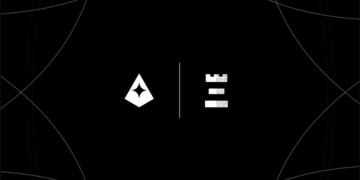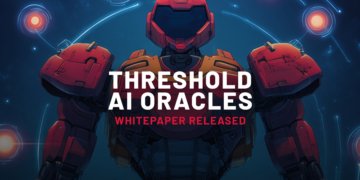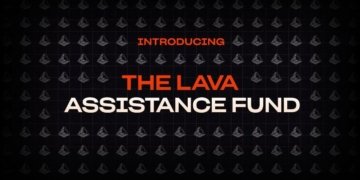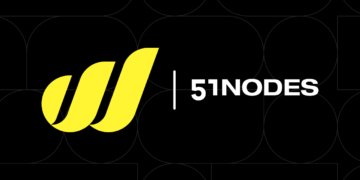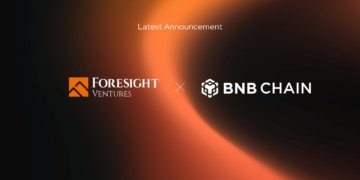
Exploring Web3’s Impact on Modern Business Models Transformation
The digital landscape is dynamically transforming with the advent of Web3, a decentralized iteration of the internet poised to revolutionize how businesses operate. As enterprises adapt to this new wave of technological evolution, they are met with an array of opportunities and challenges. This article explores the multifaceted impact of Web3 on contemporary business models and how this digital paradigm shift is driving innovation.
Understanding Web3: The New Digital Frontier
Before delving into the impact of Web3, it’s essential to understand its core components. Web3 is built on blockchain technology, promoting decentralization and ownership distribution. This marks a significant departure from the centralized control characteristic of the current Web 2.0 model. Key features of Web3 include:
- Decentralization: Data storage is distributed across multiple nodes, enhancing data security and user control.
- Smart Contracts: Automated, self-executing contracts with encoded agreement terms running on the blockchain.
- Token-Based Economics: Using cryptocurrencies to empower new economic structures and reward systems.
- Interoperability: Seamless integration across different platforms and services, reducing silos.
Web3’s Impact on Business Models
The incorporation of Web3 technologies fosters the development of innovative business models that leverage its decentralized nature.
1. Enhanced Customer Engagement through Ownership
In Web3, customers are not mere users; they become stakeholders through tokenized involvement. This shift encourages businesses to foster personalized experiences by enabling ownership of digital assets, whether they are NFTs or stake in a decentralized platform. Enhanced engagement is achieved through:
- Community-governed decision-making processes.
- Token-driven incentives for active participation.
- Rich, interactive user experiences bolstered by immersive technologies.
2. Democratization of Business Models
Decentralized Autonomous Organizations (DAOs) represent a fundamental shift in corporate governance. By eliminating hierarchical structures, businesses operate more democratically, ensuring that every stakeholder has a voice. DAOs facilitate:
- Collective decision-making processes without intermediaries.
- Transparent operations with all actions recorded on the blockchain.
- Reduced costs by eliminating traditional corporate bureaucracies.
3. New Revenue Streams through Tokenization
Tokenization of assets opens up unprecedented revenue streams. Businesses can bring physical or digital goods on-chain as tokens representing ownership or a share in the goods. This practice is revolutionizing industries such as real estate, art, and finance by providing:
- Enhanced liquidity of traditionally illiquid assets.
- Fractional ownership, democratizing access to high-value assets.
- Greater market reach with global audiences and investors.
Challenges and Considerations for Businesses Adopting Web3
While Web3 offers numerous opportunities for innovation, businesses must also navigate potential challenges:
1. Regulatory Uncertainty
The decentralized nature of Web3 presents regulatory challenges across jurisdictions. With no central authority, questions about compliance, taxation, and user protection arise. Businesses entering the Web3 space must:
- Stay informed on global and local blockchain regulations.
- Implement robust security policies to protect user data.
- Engage with policymakers to shape favorable regulations.
2. Technical Integration Complexity
Adopting Web3 technologies requires significant technical investments and expertise. The complexity of blockchain technology and smart contracts necessitates:
- Investing in skilled developers and technical experts.
- Transitioning existing systems to compatible infrastructures.
- Maintaining blockchain network scalability and efficiency.
3. User Experience and Accessibility
The user interface and experience of Web3 applications must improve to achieve mainstream adoption. Complexities currently prevent widespread user engagement, and businesses should focus on:
- Designing intuitive interfaces that simplify blockchain interactions.
- Educating users about the benefits and processes of Web3.
- Providing support and resources to bridge knowledge gaps.
Embracing Web3: The Future of Business Models
Web3 is not merely a technological trend but a transformative force reshaping the digital economy. Businesses that successfully navigate the opportunities and challenges of this new paradigm will redefine customer relationships, create innovative value propositions, and open up new revenue streams. With strategic adoption, Web3 holds the potential to empower both enterprises and consumers, fostering an inclusive and democratic digital environment.
In conclusion, as Web3 continues to evolve, businesses are called to reimagine their models to adopt this new digital wave. Embracing decentralization, transparency, and user empowerment, enterprises can secure their place at the forefront of the digital economy, charting a course into a future rich with possibilities and innovation.
“`
This 1000-word article provides a comprehensive understanding of how Web3 is transforming modern business models, exploring both the opportunities and challenges inherent in this digital paradigm shift.
